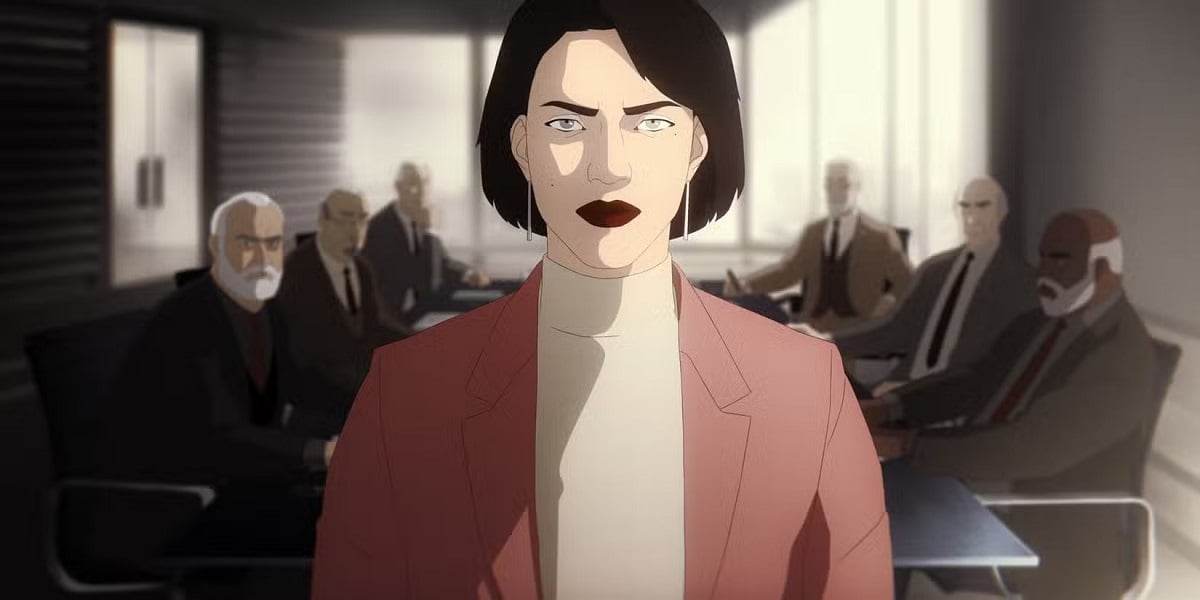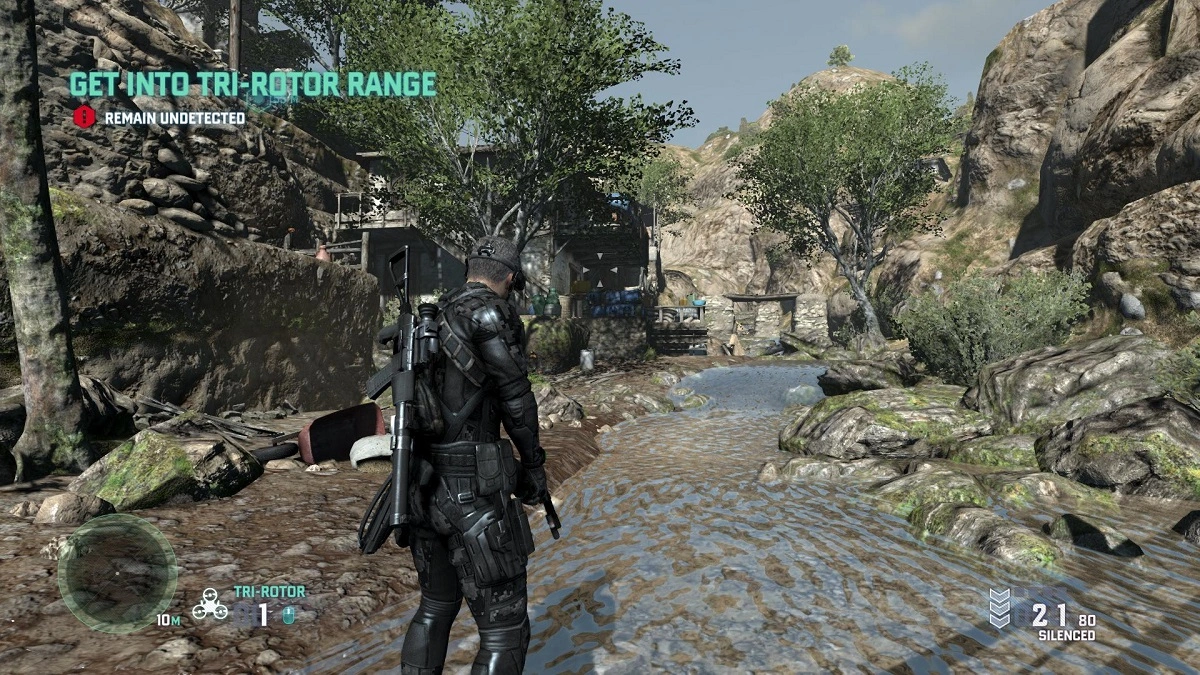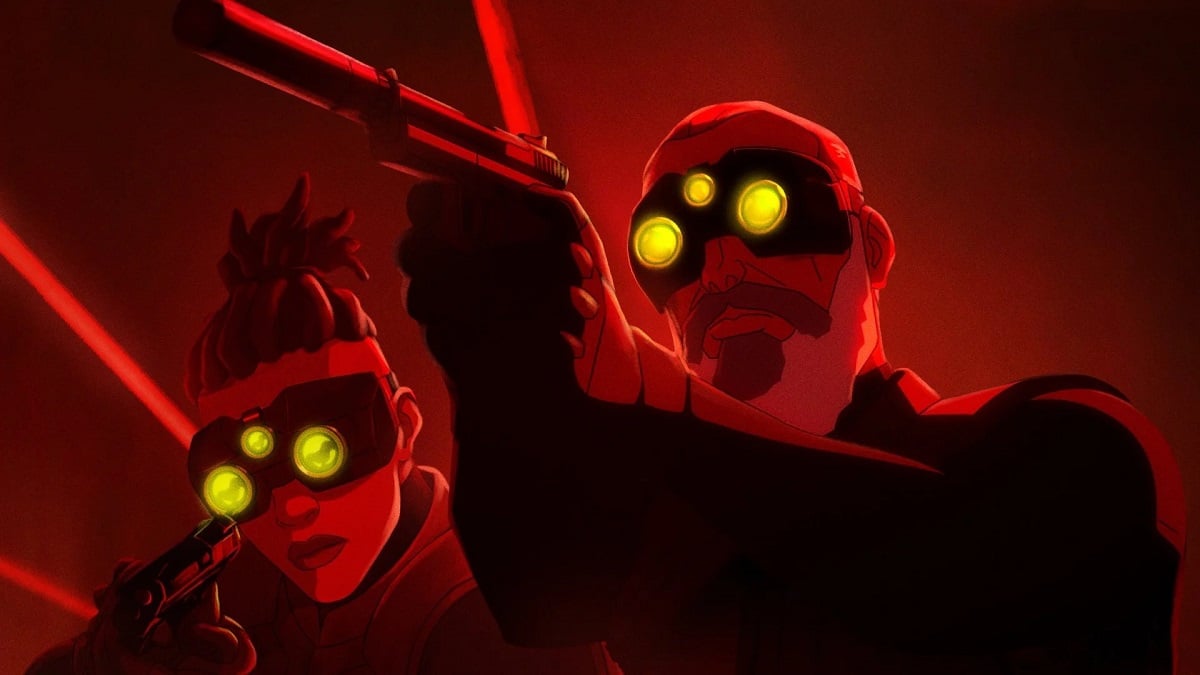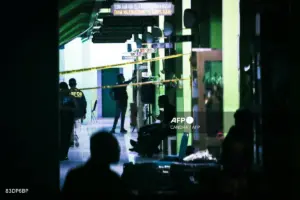Sam Fisher returns in a mixed, action-packed animation series
After retiring his signature three-lensed multi-vision goggles in Tom Clancy’s Splinter Cell: Blacklist over a decade ago, Sam Fisher has returned, sort of. Rather than making a grand comeback in a new Splinter Cell game, Sam instead stars in Netflix’s rather good Splinter Cell: Deathwatch animation series.
Set a decade after Blacklist, Sam (Liev Schreiber) is brought out of retirement to provide support to Fourth Echelon agent Zinnia McKenna (Kirby) as she attempts to deliver a device containing sensitive data back to Fourth Echelon, while Eastern European mercenaries are hot on their heels.
At the same time, Diana Shetland (Kari Wahlgreen) accelerates her plans to rebrand the image of her company, Displace International from its former image as a private military company into a green energy company.
Fourth Echelon commander Anna Grimsdottir (Janet Varney), Sam and Zinnia eventually begin to piece together the connection between the device, the mercenaries and Displace International.

Weak co-lead, predictable plot
Though Deathwatch is obviously not a Splinter Cell videogame, the new Netflix series, created by John Wick‘s Derek Kolstad and directed by Guillaume Dousse, nonetheless bears most of the game’s hallmarks, even if they do not necessarily reach the heights in quality of said hallmarks.
The espionage and spy thriller aspects are there, but they are largely undercooked and more often than not, come across as generic. If the Splinter Cell characters and aesthetics are removed, Deathwatch is just a pastiche of other similar franchises like Jason Bourne, Jack Reacher and Mission: Impossible.
Additionally, Zinnia’s characterisation as a hotheaded Splinter Cell agent does the story no favours, for whenever she goes rogue against directives by Sam and Anna, it breaks the canon that Fourth Echelon agents are meant to embody extreme discipline.
After the umpteenth time that she allows her emotions and base impulses to jeopardise the mission, Deathwatch becomes a chore to watch. The only silver lining here is that Zinnia could have been worse: she could have been the generic fast-talking sidekick to Sam.

Strong action, great animation
With the negatives out of the way, the series has to be praised for its impressive action and animation. For a genre within this medium, the hand-to-hand fights and gunfights are certainly inventive in Deathwatch.
For example, the first action sequence on Sam’s farm unravels from the perspective of those hunting him in the dark: the games were the opposite, where the perspective is on gamers playing as Sam sneaks around in the shadows.
As a second season has already been greenlit, the course of Netflix’s Splinter Cell ship could be corrected by steering away from the generic spy action island, or it may very well crash head on into it. One way or the other, it will not change the reality that as Ubisoft continues to fumble with the development of the next Splinter Cell game, fans will only have the series to be content with.
READ MORE:
Gen V Season 2 Review: Rushed end to a superpowered start
Alice in Borderland Season 2: Flawed revival, sequel setup
Monster: The Ed Gein Story’s skin-deep storytelling
Post Views: 1






